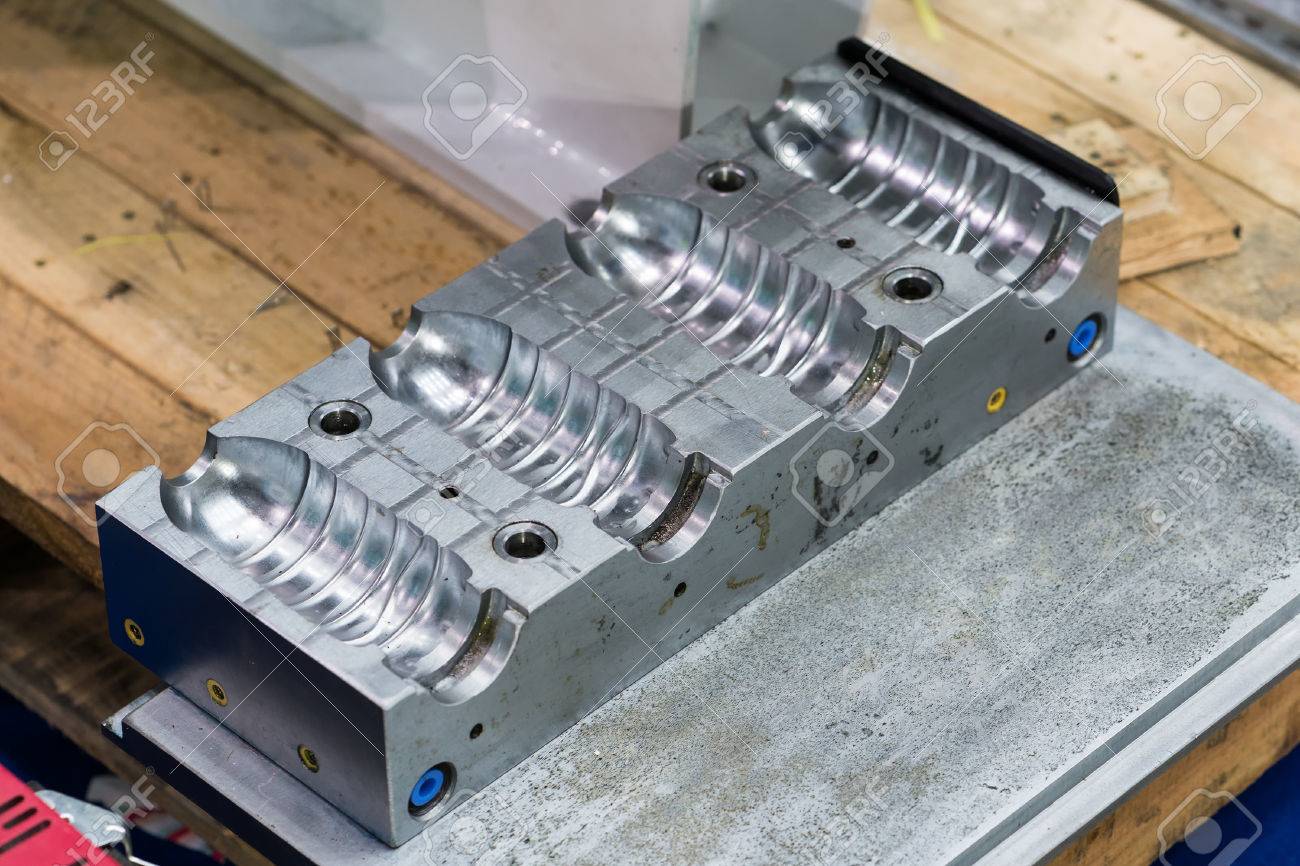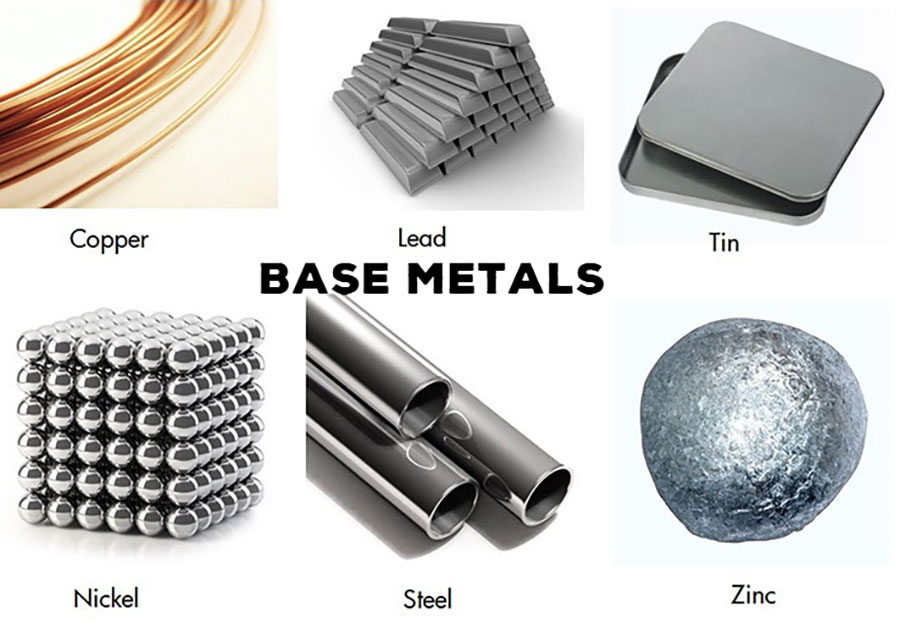Chip Material Group Symbols In Mechanical Processing
In the industry, the use of metal, alloy and non-metallic materials used to make life devices is very diverse. Each material has its own unique characteristics aimed at mechanical manufacturing.

Metalworking is a common term in the mechanical engineering industry, used to describe all operations using machines (milling, turning, drilling, reaming, tapping, ..), technology as well as the application of various metal cutting tools, and even physical principles to create products with high precision in shape, size, and accuracy according to the technical requirements of the drawings.
What is mechanical material?
Simply put, a mechanical material is a substance or compound used by humans in a mechanical manufacturing process. From there, create products and machines used in life. Such as refrigeration equipment, machinery, technical tools, constructions, buildings, etc.
The research, discovery and use of these materials are important to life. It helps the mechanical industry to develop rapidly. At the same time effectively meet the needs of human use in practice.
What is chip material?
Chip material is one of the important parameters that directly affect the machining process, in order to achieve high results, we need to understand the characteristics of the material, each type of material has its own characteristics. different characteristics.
Chip Material Group Symbols In Mechanical Processing
The Metalworking & Precision Mechanic industry produces a wide range of parts machined from a variety of materials. Each material has its own physical and chemical properties, influenced by alloying factors, heat treatment, hardness, etc.
These properties influence the choice of tool geometry, coating and cutting mode. To make this selection easier, chip materials are divided into six main groups, according to ISO standards, and each group has unique machinability properties:
- ISO P – Steel is the largest group of materials, ranging from non-alloy materials to highly alloyed materials and includes both cast steels and ferritic and martensitic stainless steels. Machinability is generally good, but varies greatly depending on material hardness, carbon content, etc.
- ISO USA- Stainless steel: is an alloy material with a minimum of 12% chromium. Other possible alloys include nickel and molybdenum. Different conditions, such as ferritic, martensitic, austenitic and austenitic-ferritic (duplex) will produce a wide range of materials. One thing in common when machining these materials is that the cutting edge will generate high heat, causing rapid tool wear and sty.
- ISO K – Cast iron: in contrast to steel, when processing cast iron, it will produce short, shredded chips. Gray cast iron (GCI) and ductile iron (MCI) are quite easy to machine, while spherical cast iron (NCI) will be more difficult to work. All cast irons contain SiC, so the cutting edge of the knife will wear out very quickly.
- ISO N – Non-ferrous metals are softer metals, such as aluminum, copper, brass, etc. Aluminum with 13% Si content is very abrasive. Usually, knives with sharp and sharp edges will be chosen to process this group of materials.
- ISO S – Heat resistant superalloys include a large number of highly alloyed iron, nickel, cobalt and titanium based materials. They produce stickiness, generate heat, cause stye, and harden during cutting. They are very similar to ISO M materials but are much harder to cut and reduce tool life.
- ISO H – This group includes steels with a hardness of 45-65 HRC, and also cold cast iron about 400-600 HB. The hardness makes them difficult to machine. These materials generate heat during the cutting process which causes wear to the tool.
- No ISO – Thermoplastic, thermoset, GFRP (Glass Fiber/Reinforced Resin), CFRP (Carbon Fiber Reinforced Plastic), carbon fiber composites, aramid fiber reinforced plastic, hard rubber, graphite (Skill). Various industries are now using composites to a greater extent, especially in the aerospace industry.
Which mechanical material to choose in machining?

Which material to choose for processing depends heavily on the product and the properties of the material. Because each product has different specifications and requirements. Requires the selection of different materials accordingly.
1. Iron material
In the materials used for mechanical processing, iron accounts for about 95% of the total volume of metal used for production in the world. Iron has the advantages of low price, good bearing capacity, high ductility and hardness. Currently, finding a material to replace iron is almost impossible. Products processed from iron can be used in the automotive industry, mechanical machinery, household appliances, kitchens, etc.
2. Steel and stainless steel materials
With characteristics such as easy casting, rolling, forging, spinning. Steel billets, stainless steel are easy to process, cut and stamp, milling, turning, etc. The cost is relatively cheap, so steel and stainless steel are widely and commonly used in the mechanical processing process. Stainless steel is a form of steel but is a form of stainless steel. Products from steel and stainless steel are extremely rich and diverse such as: furniture, doors, defense products, medical, mechanical, industrial … from simple to complex.
3. Aluminum material
Products made from aluminum are very popular. With great strength, high corrosion resistance, lighter than iron, good thermal and electrical conductivity, low melting point. Therefore, aluminum is widely used in mechanical engineering industries such as making artificial satellite shells, airships, processing machine parts. In the field of construction, aluminum is also used a lot to make decorative art products thanks to its luster and cleanliness.
Machining at IDEA.
IDEA brings high-precision CNC turning, detailed processing with high requirements on tolerance and bond to the Japanese and American markets… The machines are imported directly from Okuma brands. , Mazak and Mori Seiki leading Japan. We have 4 machines, the joint venture has 9 CNC machines and CNC lathes, NC. The lathe can be machined to many different sizes.
Common materials used in our company are:
- Alloy steel: S45C, S50C, SKD61, SKD11, M2, D2.
- Ordinary steel: CT3, SS400.
- Stainless steel: stainless steel SUS201, SUS304, SUS420, SUS430…
- Non-ferrous materials: copper, brass, aluminum, titanium.
Mechanical processing at IDEA is the best choice for you
- Prestige and top quality with experience working with more than 150 customers from markets with strict requirements for top standards such as Japan and the US.
- Working motto “IDEA brings the best to customers”, the product that you receive is always the best quality.
- Customer service always ensures fast – accurate – dedicated 24/7 at all stages to create trust and absolute satisfaction from customers.
- The cost is reasonable and competitive with the market.
What are you waiting for, contact us today!!!

